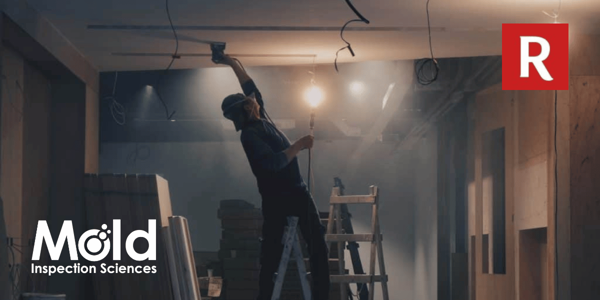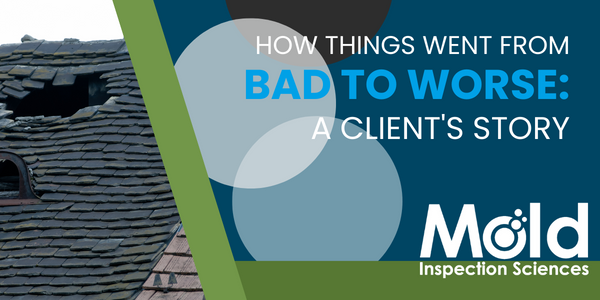World Health Organizations Guidelines on Mold and Moisture
First Guidelines on Indoor Air Quality by the WHO
In July of 2009 the World Health Organization (WHO) published its first guidelines on indoor air quality specifically addressing dampness and mold. Many of the facts that came from that publication reinforce what many of us the mold inspection industry have suspected for years. It is clear that moldy and damp environments can have an adverse impact on the health of building occupants. A few quick statistics from the publication:
- “Residential dampness is associated with a 50% increase in current asthma and substantial increases in other respiratory health outcomes, suggesting that 21% of current asthma in the United States may be attributable to residential dampness and mould”. This is quite a staggering statistic. The WHO is stating that 1 out of 5 people in this country that have asthma can blame their illness on mold and moisture.
- Occupants of damp or moldy buildings have a 75% greater risk of respiratory symptoms and asthma than occupants of buildings with better indoor air quality, according to the findings by the WHO. With statistics like that, it seems extremely prudent for occupants of indoor spaces to be concerned about their indoor air quality with respect to water intrusion and microbial growth.
- "When sufficient moisture is available, hundreds of species of bacteria and fungi – particularly mould – pollute indoor air. The most important effects of exposure to these pollutants are the increased prevalence of respiratory symptoms, allergies and asthma, as well as disturbance of the immune system. Preventing (or minimizing) persistent dampness and microbial growth on interior surfaces and building structures is the most important means of avoiding harmful effects on health."
I’m quite glad that a reputable organization has come to these conclusions via documentable research methods. I’ve suspected for years that that moldy and wet environments could cause health problems, but was hesitant to state it as fact. I hope that people will read this document and take their indoor air quality seriously. You can download a free copy of the book or purchase the hard copy here: http://euro.who.int/InformationSources/Publications/Catalogue/20090629_4
If you need to find a qualified mold inspection company in Southern California, call us at 310.451.9333 or visit our website at Mold Inspection Sciences (www.moldinspectionsciences.com).
In Texas 512.535.2493 or Mold Inspection Sciences Texas (www.moldinspectiontexas.com).
For Colorado 303.339.0133 or Mold Inspection Sciences Colorado (www.moldinspectioncolorado.com).




